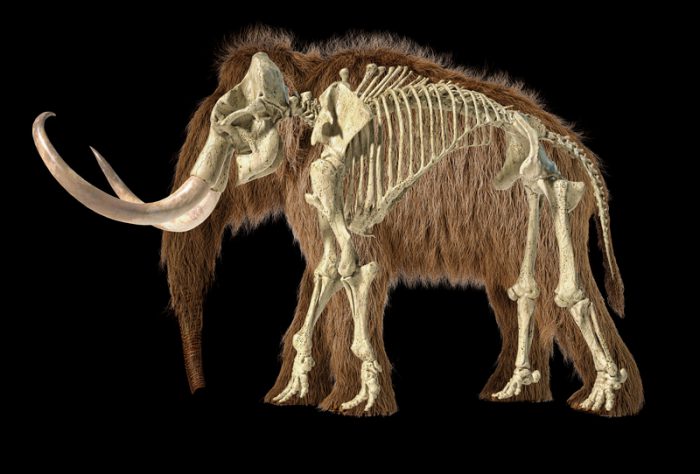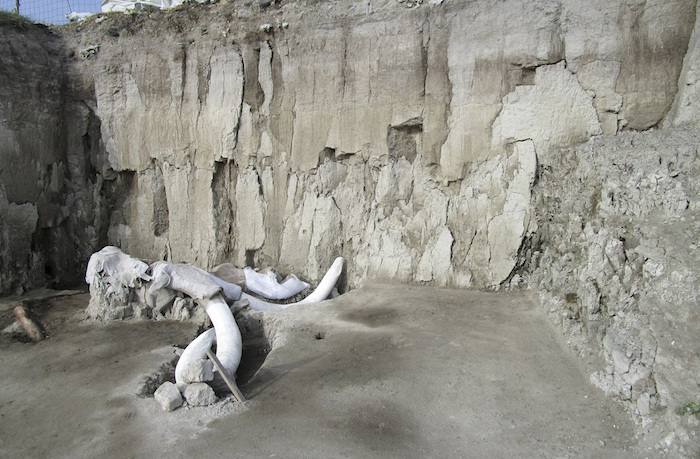When we think of Mexico, we tend to think of hot sun, delicious food, colourful culture, and vibrant music. But 15,000 years ago during the last Ice Age, it was a much cooler place. And one that was full of danger and the struggle to survive.
For the early humans that lived there, one of the greatest struggles was getting food. A woolly mammoth could provide a family with food, clothing, tools, and more. But you had to kill one first. Now archaeologists have found the first evidence of one of the ways that early humans did this.
Mammoth traps!
That's not garbage!
A pair of pits around 1.7 m (5.5 ft) deep and 25 m (82 ft) wide contained over 800 bones from 14 separate woolly mammoths. They were found in Tultepec, a small city just north of Mexico City.
Amazingly, the pits were only discovered when the city began digging a garbage disposal area. We suppose that they'll need to search elsewhere, because this is the only site of its kind known in the world! Researchers are planning on continuing to dig in the hopes of finding even more traps.
Breakthrough behaviour

The bones of over a dozen mammoths were found in ancient Mexican pits. (© Leonello Calvetti - Dreamstime.com)
As we mentioned, killing a full grown mammoth was not an easy task. These giants were as big as the largest African elephants, and early man had primitive spears and little else as weapons. In fact, most experts guessed that humans at this time would've waited for a mammoth to become injured or trapped naturally before they attempted to kill them. But these mammoth traps prove that these ancestors could successfully plan a hunt.
Archaeologists say that many of the bones show evidence of spears and other marks typical of hunting. The pit would've worked by scaring a herd of animals so that they became confused and ultimately fell into the deep hole. This type of technique — scaring a herd into a pit or off a cliff — was also later used by Indigenous people in the plains to hunt buffalo.
It was obviously successful. Perhaps archaeologists will be just as successful at using this find to "trap" more knowledge about mammoths and our ancestors' daily life.
 A well-preserved mammoth skeleton at the bottom of one of the mammoth traps found in Tultepec, Mexico. (Associated Press)
A well-preserved mammoth skeleton at the bottom of one of the mammoth traps found in Tultepec, Mexico. (Associated Press)










cool!